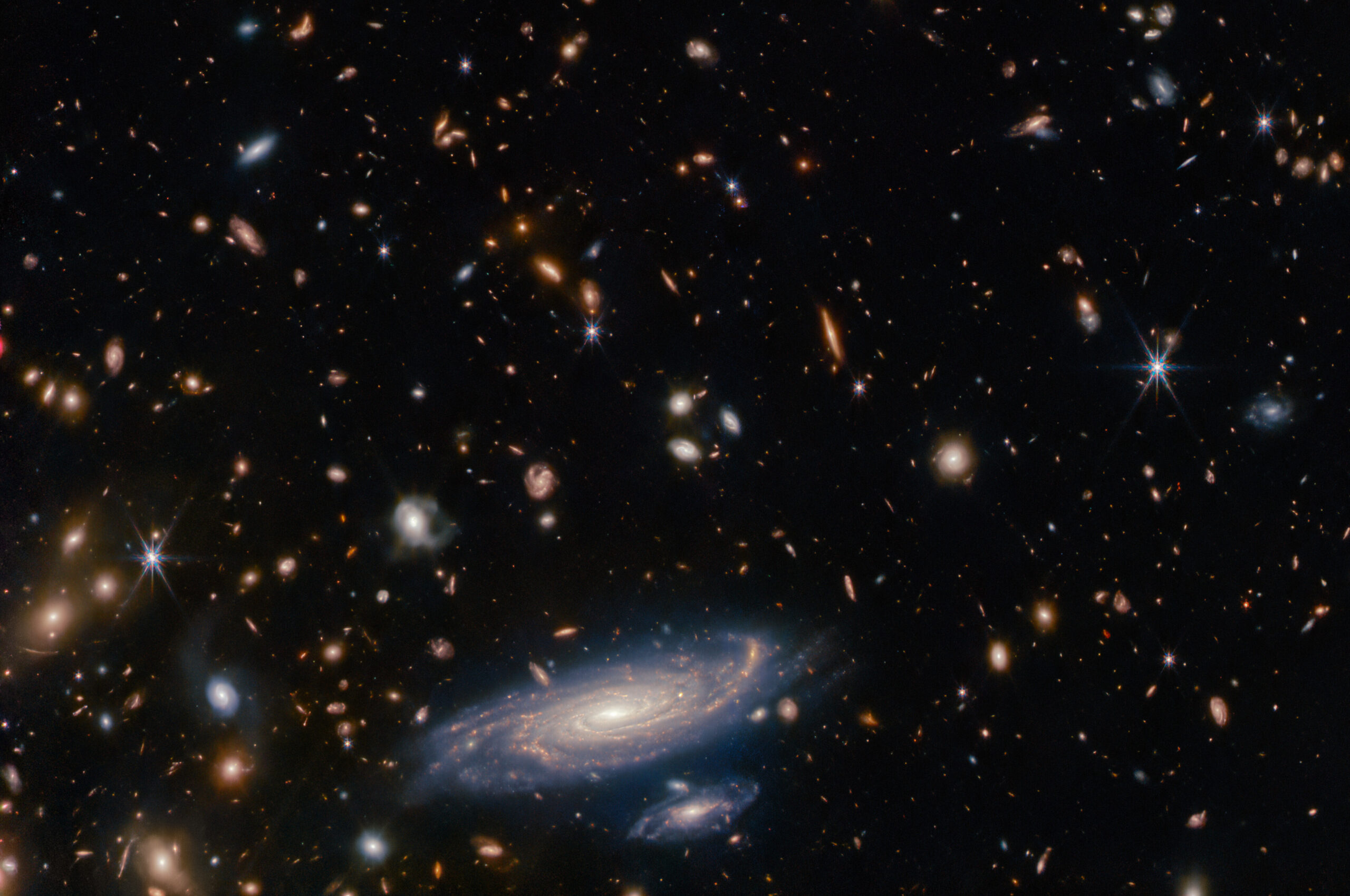Webinar with Ingrid Mann (UiT Arctic University of Norway)
Recorded Webinar with Benjamin Chandran (University of New Hampshire, USA)
Over the past few years, the Parker Solar Probe has explored far closer to the Sun than any previous spacecraft.
An international collaboration hosted at ISSI examined the inner workings of multiphase plasma to answer fundamental questions in physics from the Sun to the medium inside galaxy clusters. Their observations of the solar corona, the outermost part of the Sun’s atmosphere, expand our knowledge of the physics of multiphase plasma, and might help us understand the role this phenomenon plays across the universe.
The solar wind is a remarkable stream of charged particles flowing outward from the Sun, extending beyond the planets into a vast region called the heliosphere. This flow of plasma holds the key to understanding the origin, evolution, and potential habitability of stellar systems. While spacecraft like NASA’s Parker Solar Probe and the European Space Agency’s Solar Orbiter have given us a front-row seat to observe the Sun’s activity, the puzzle of how the solar wind evolves as it expands into space remains a challenging and fascinating area of study.
A research team brought together by ISSI has made significant strides in solving a key question in space physics: how ultra-low frequency (ULF) waves generated in Earth’s foreshock region transmit into the magnetosphere, influencing space weather around our planet.
New Nature study by ISSI & ISSI-Beijing Team uncovers unexpected interaction between Mars and the solar wind.
